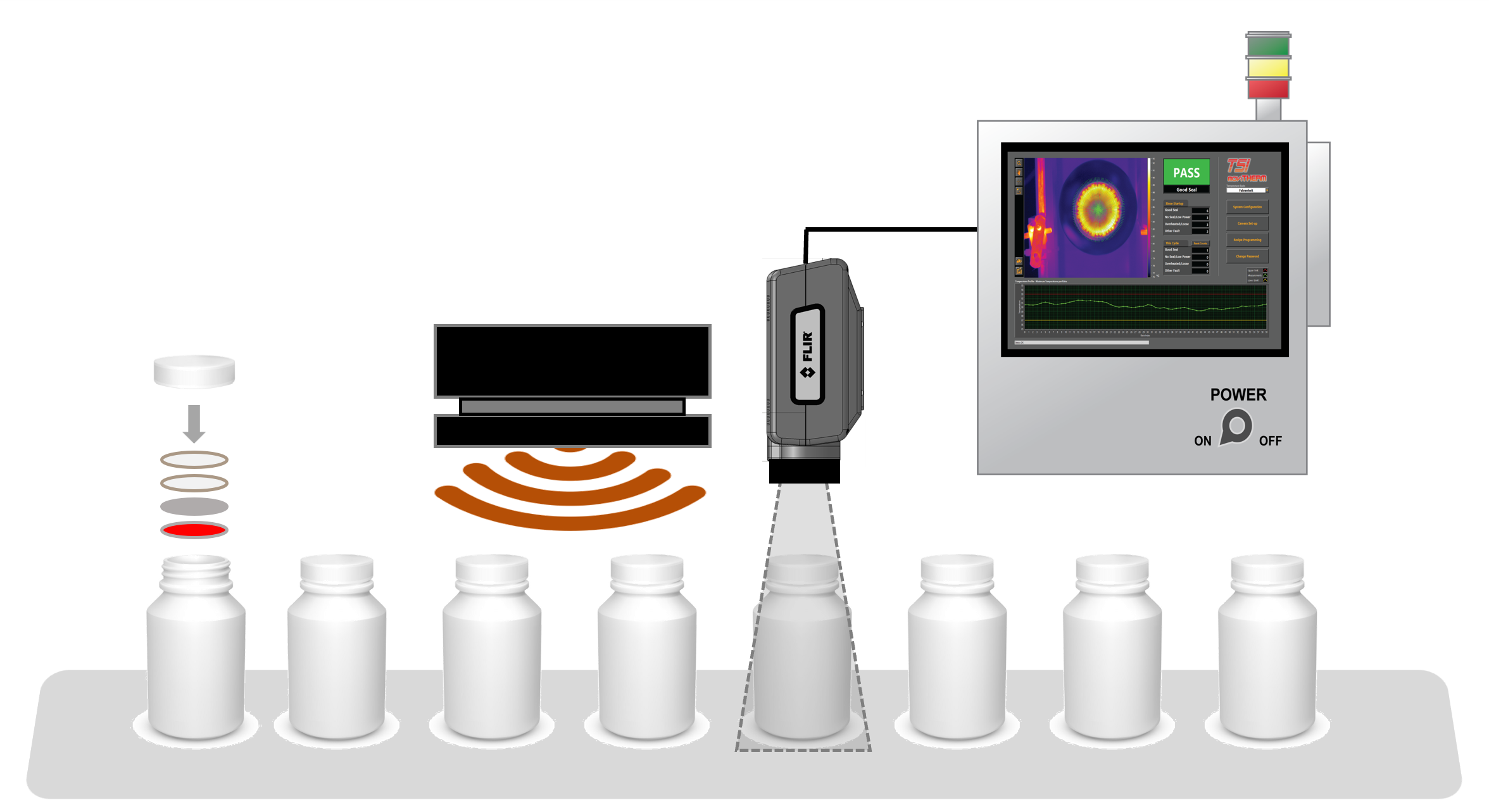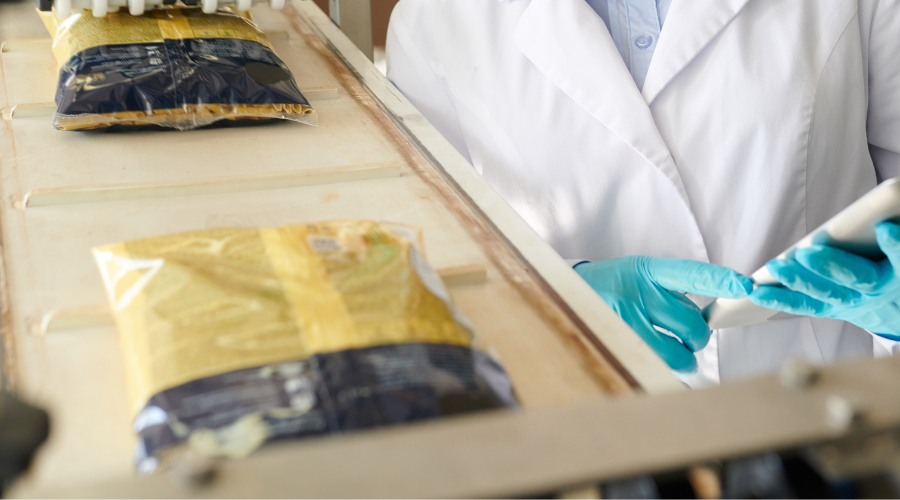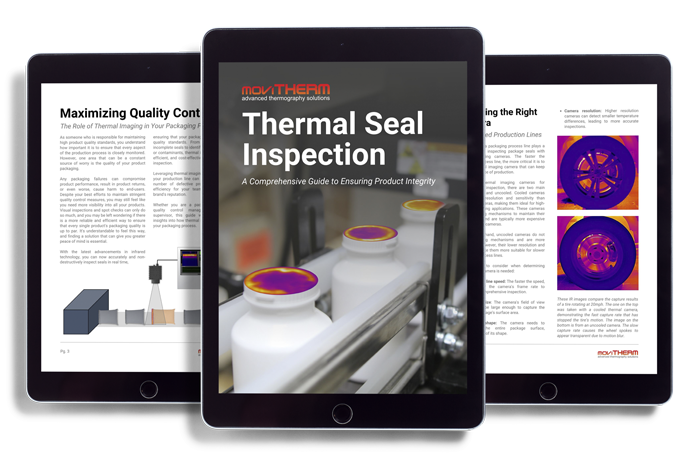Package Seal Integrity Testing Solutions
Thermal Seal Inspection for Packaging
Are you looking to improve your quality control processes, particularly in package seal integrity testing? Look no further than MoviTHERM. We are experts in thermal imaging systems designed to detect even the slightest defects in packaging seals, ensuring top-notch quality. Our solution seamlessly integrates into your existing production line, offering real-time feedback and comprehensive reporting on package seal quality. Get a FREE quote today!
Package Seal Integrity Testing Solutions
Thermal Seal Inspection for Packaging
Are you looking to improve your quality control processes, particularly in package seal integrity testing? Look no further than MoviTHERM. We are experts in thermal imaging systems designed to detect even the slightest defects in packaging seals, ensuring top-notch quality. Our solution seamlessly integrates into your existing production line, offering real-time feedback and comprehensive reporting on package seal quality. Get a FREE quote today!
Improve Seal Quality
Increase Efficiency
Protect Brand Reputation
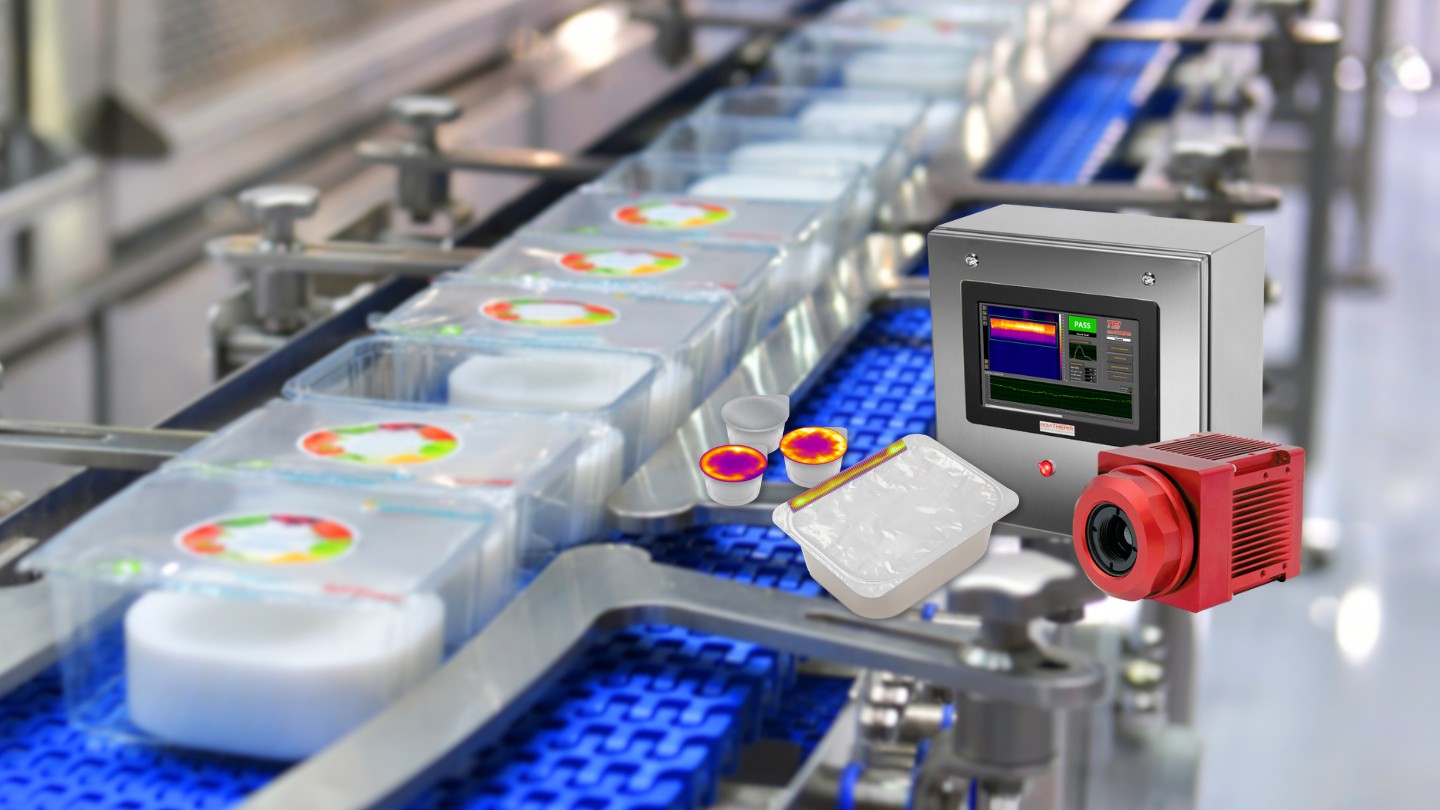
100% Seal Inspection for Better Results
Improve your quality control process with our thermal seal inspection (TSI) system. Our TSI system seamlessly integrates into your production line, eliminating time-consuming manual inspections. Using thermal imaging, the system can identify defects that may not be visibly apparent, ensuring a thorough and reliable inspection.
With our system, even the slightest defects in package seals are accurately detected, preventing faulty packaging from reaching your customers. Improve efficiency, maintain streamlined production, and achieve greater productivity while ensuring precise and reliable results.
Type of Defects That Can Be Detected
Benefits of Using Thermal Seal Inspection
100% Seal Inspection for Better Results
Improve your quality control process with our thermal seal inspection (TSI) system. Our TSI system seamlessly integrates into your production line, eliminating time-consuming manual inspections. Using thermal imaging, the system can identify defects that may not be visibly apparent, ensuring a thorough and reliable inspection.
With our system, even the slightest defects in package seals are accurately detected, preventing faulty packaging from reaching your customers. Improve efficiency, maintain streamlined production, and achieve greater productivity while ensuring precise and reliable results.
Type of Defects That Can Be Detected
Benefits of Using Thermal Seal Inspection
Overview of the Interface
How does the system work?
MoviTHERM’s thermal seal inspection system uses infrared cameras to “see” the residual heat from thermal-based sealing processes. Characterizing a good seal by the temperature profile allows the system to reliably detect good and bad seals.
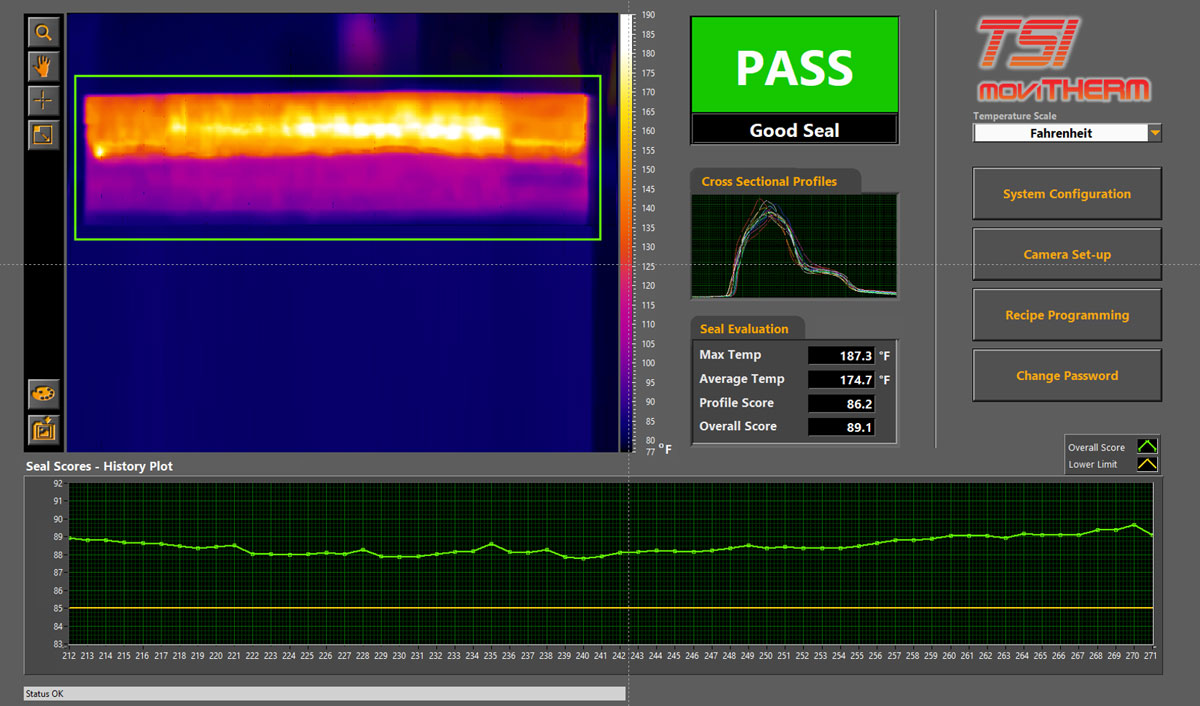

Featured in
Thermal Inspection vs Other Methods
| Considerations | Thermal Inspection | Pressure Testing | Manual Inspection |
|---|---|---|---|
| Defect Detection | Comprehensive | Limited | Limited |
| Speed | Fast | Moderate | Slow |
| Automation | Fully Automated | Manual | Manual |
| Non-Destructive | Yes | Yes | Yes |
| Real-time Monitoring | Yes | No | No |
| Cost-effectiveness | High | Moderate | Low |
| Scalability | Scalable | Limited | Limited |
| User Skill Dependency | Low | Moderate | High |
| Data Collection | Automated | Manual | Manual |





